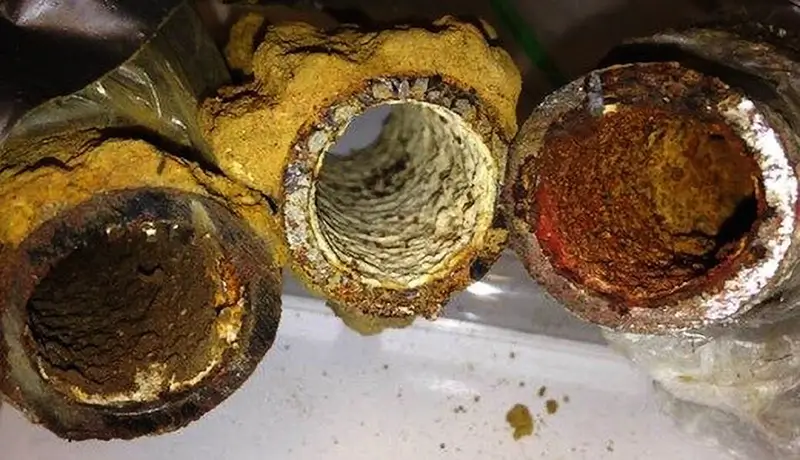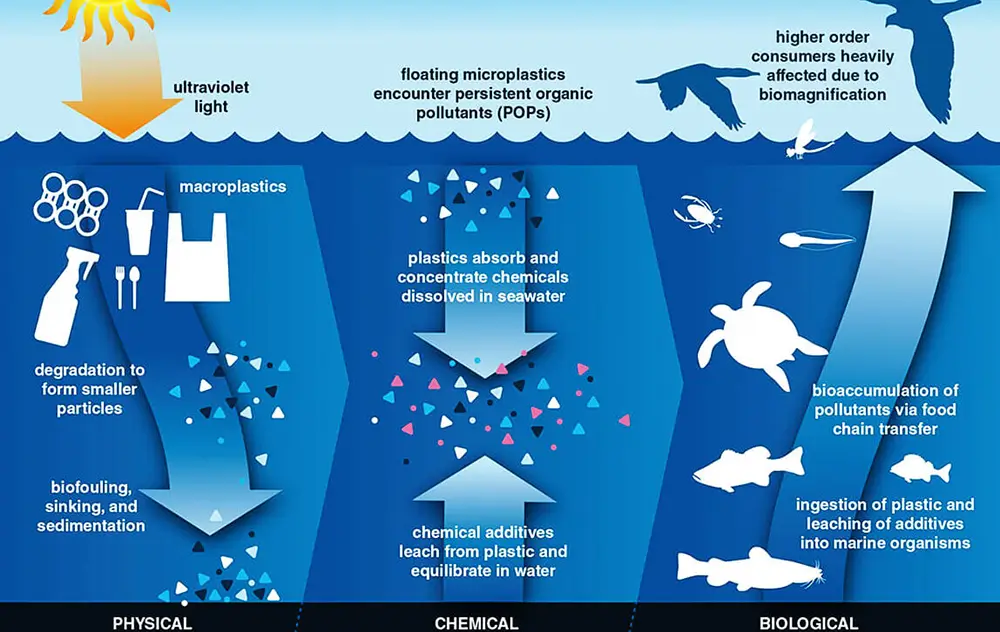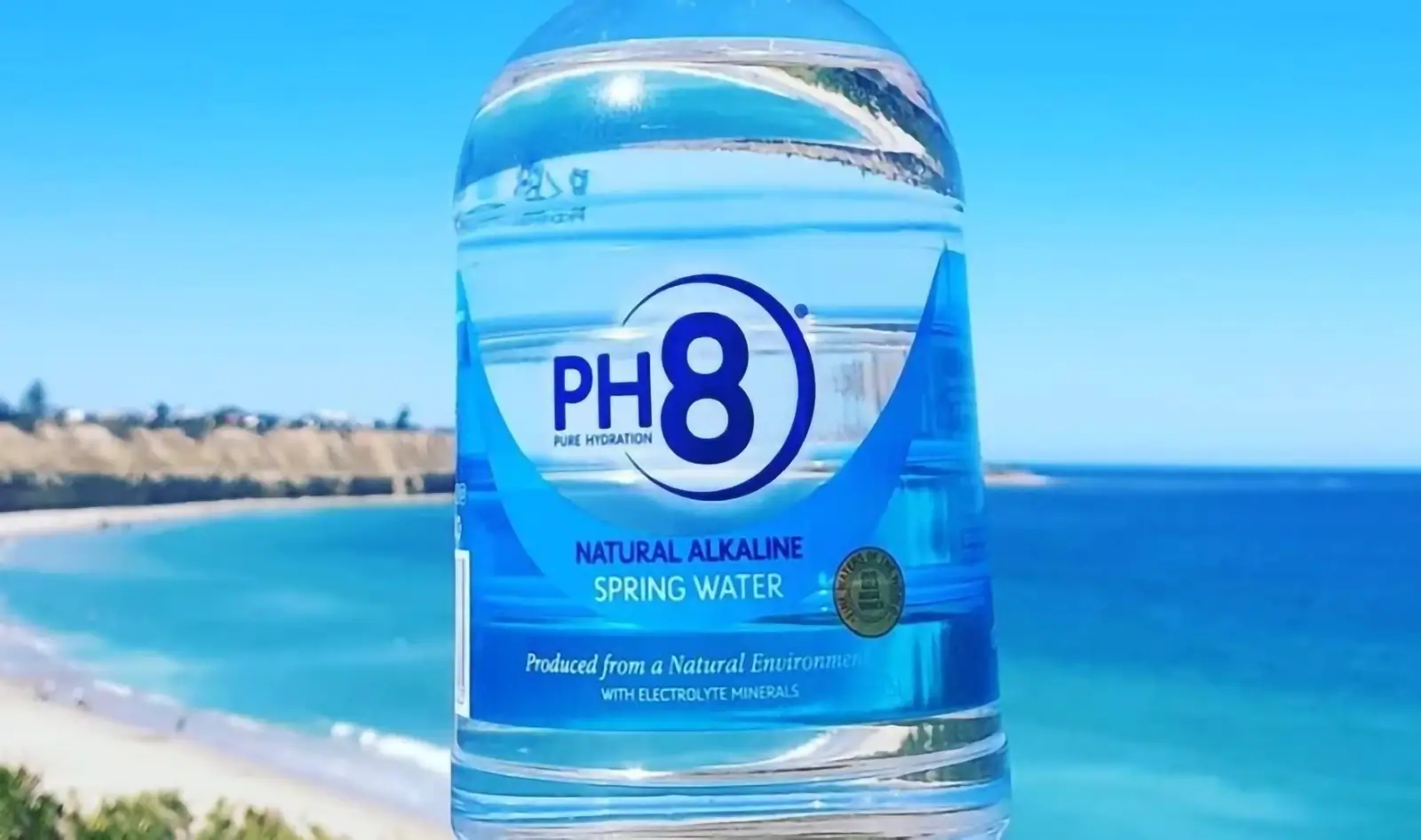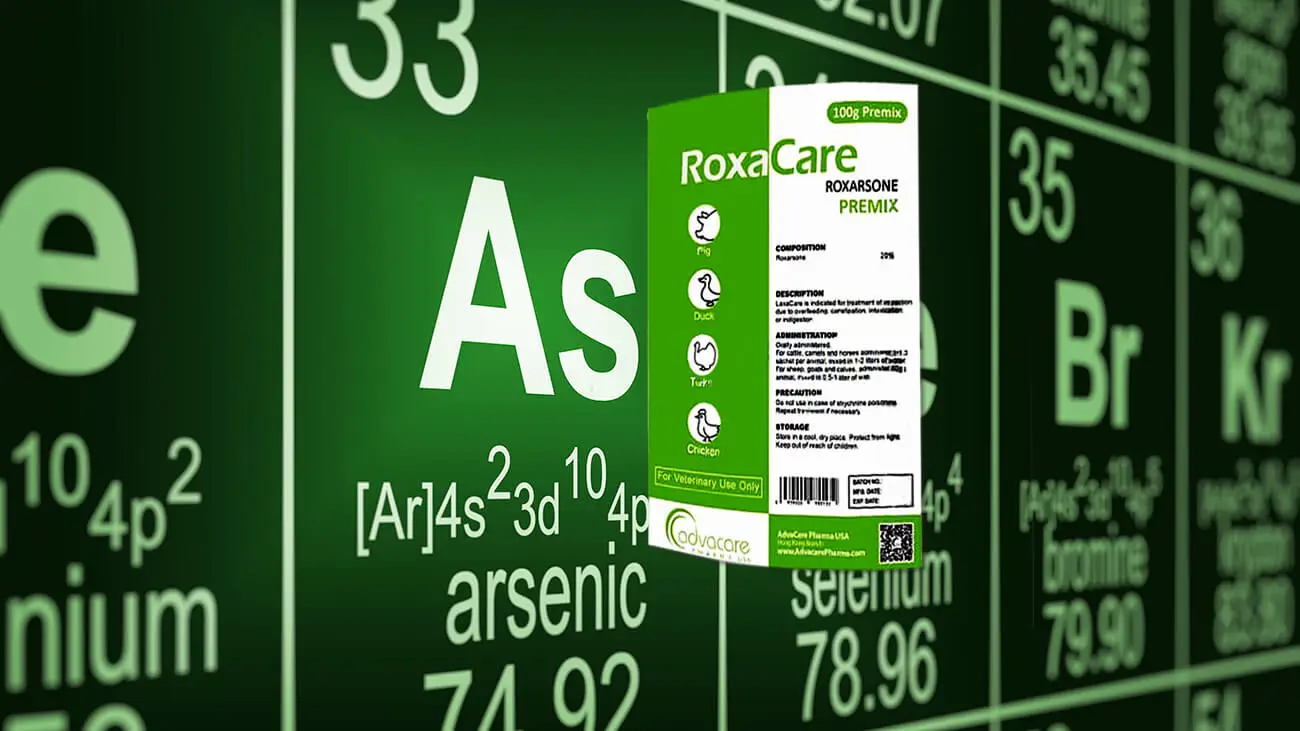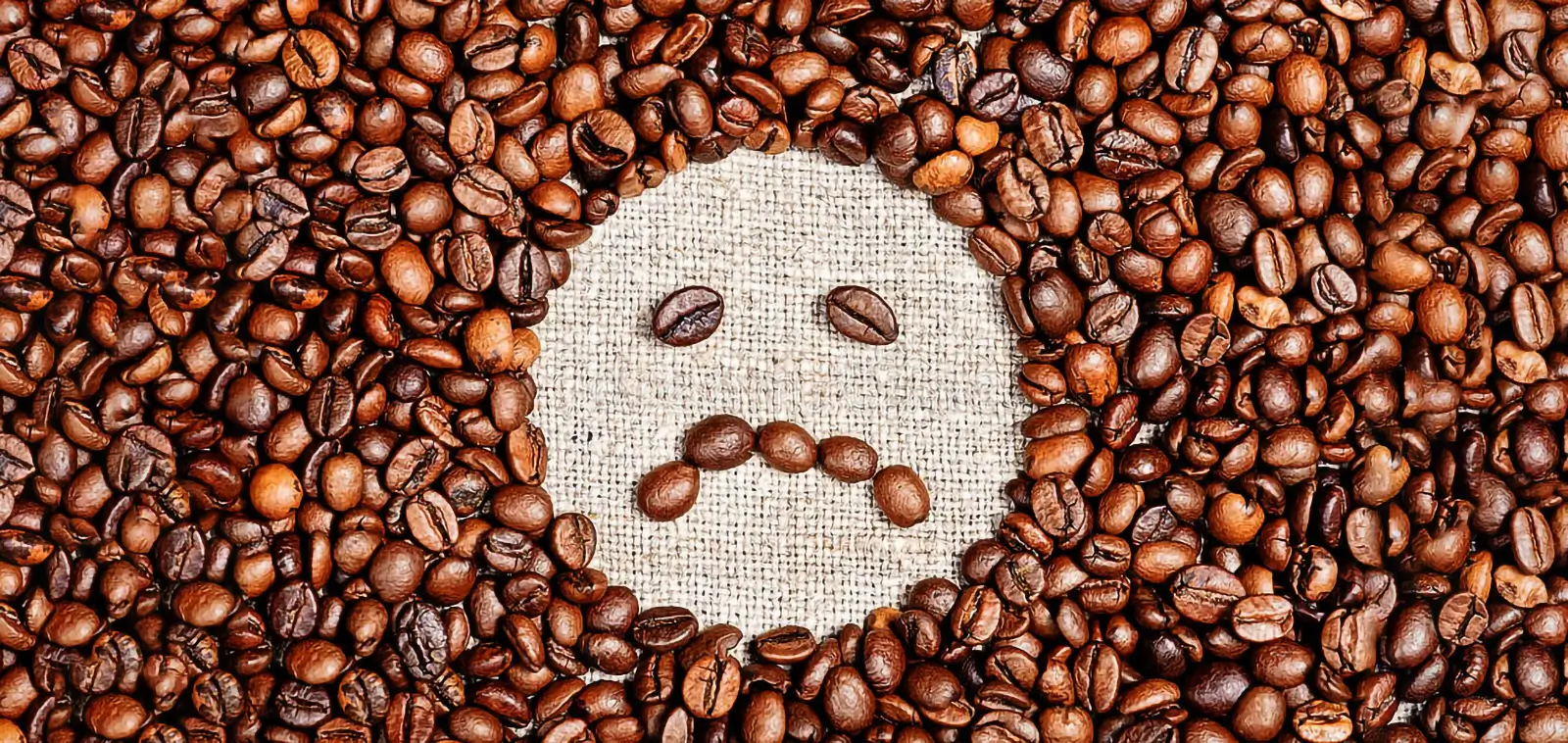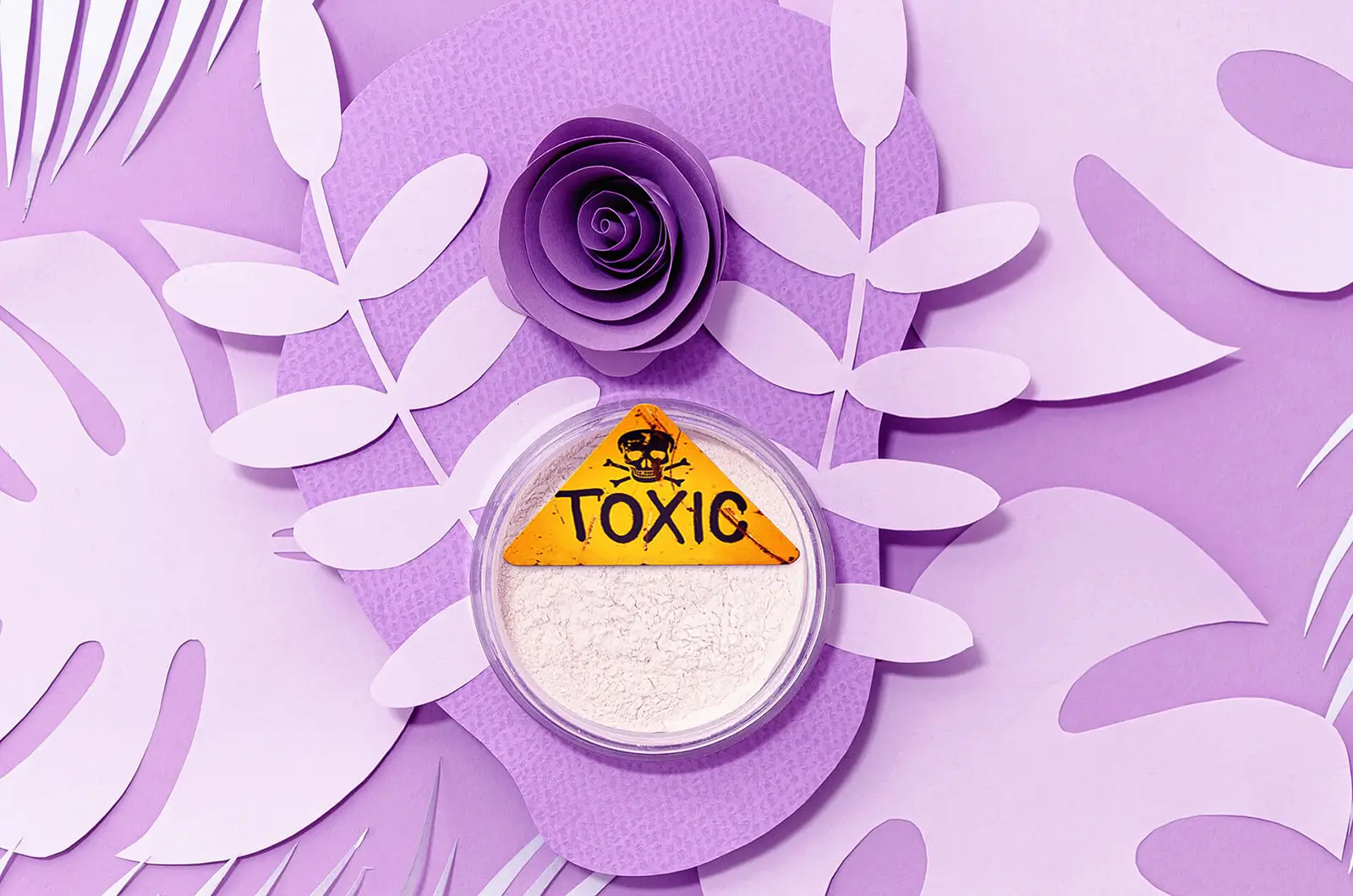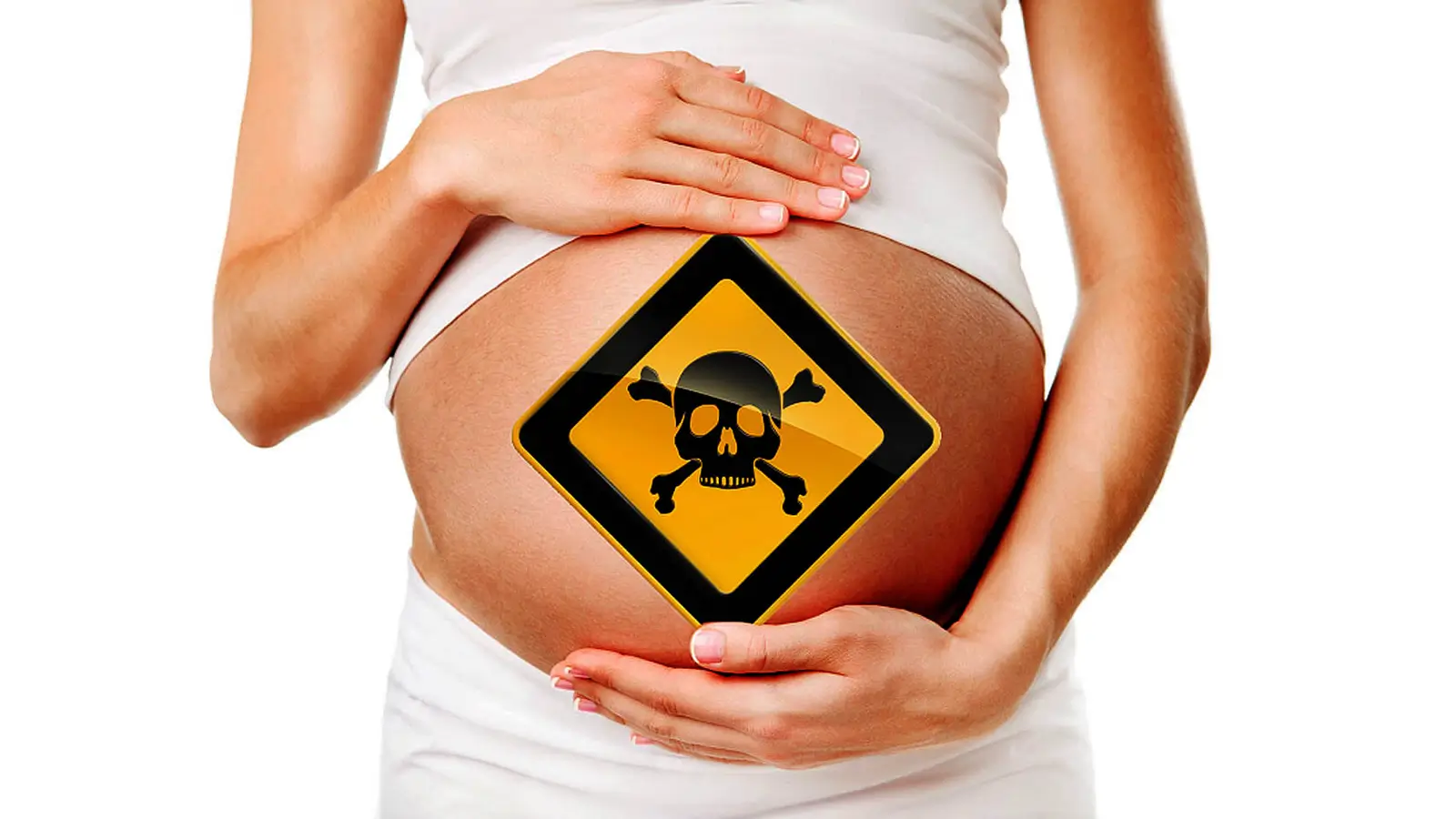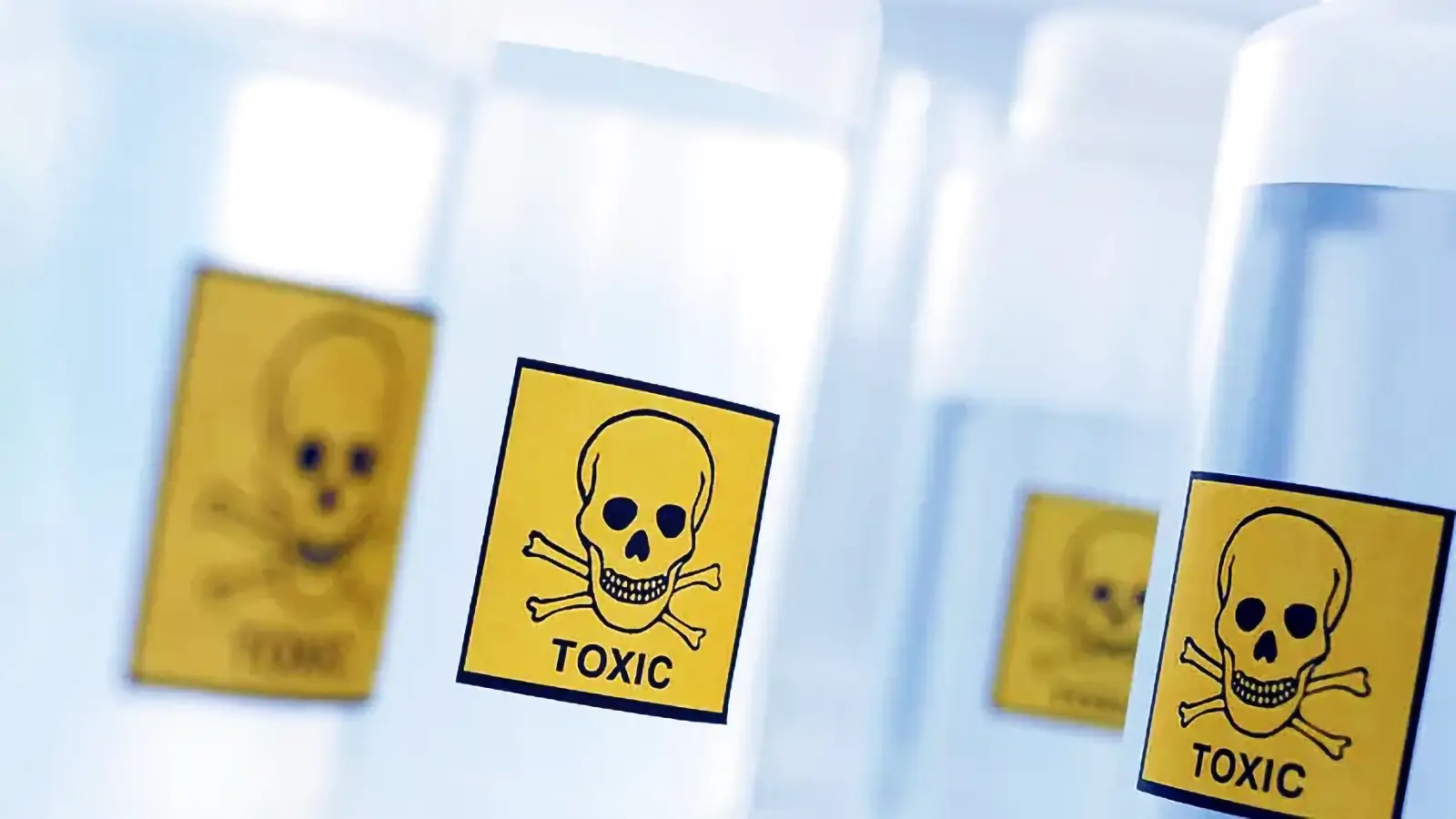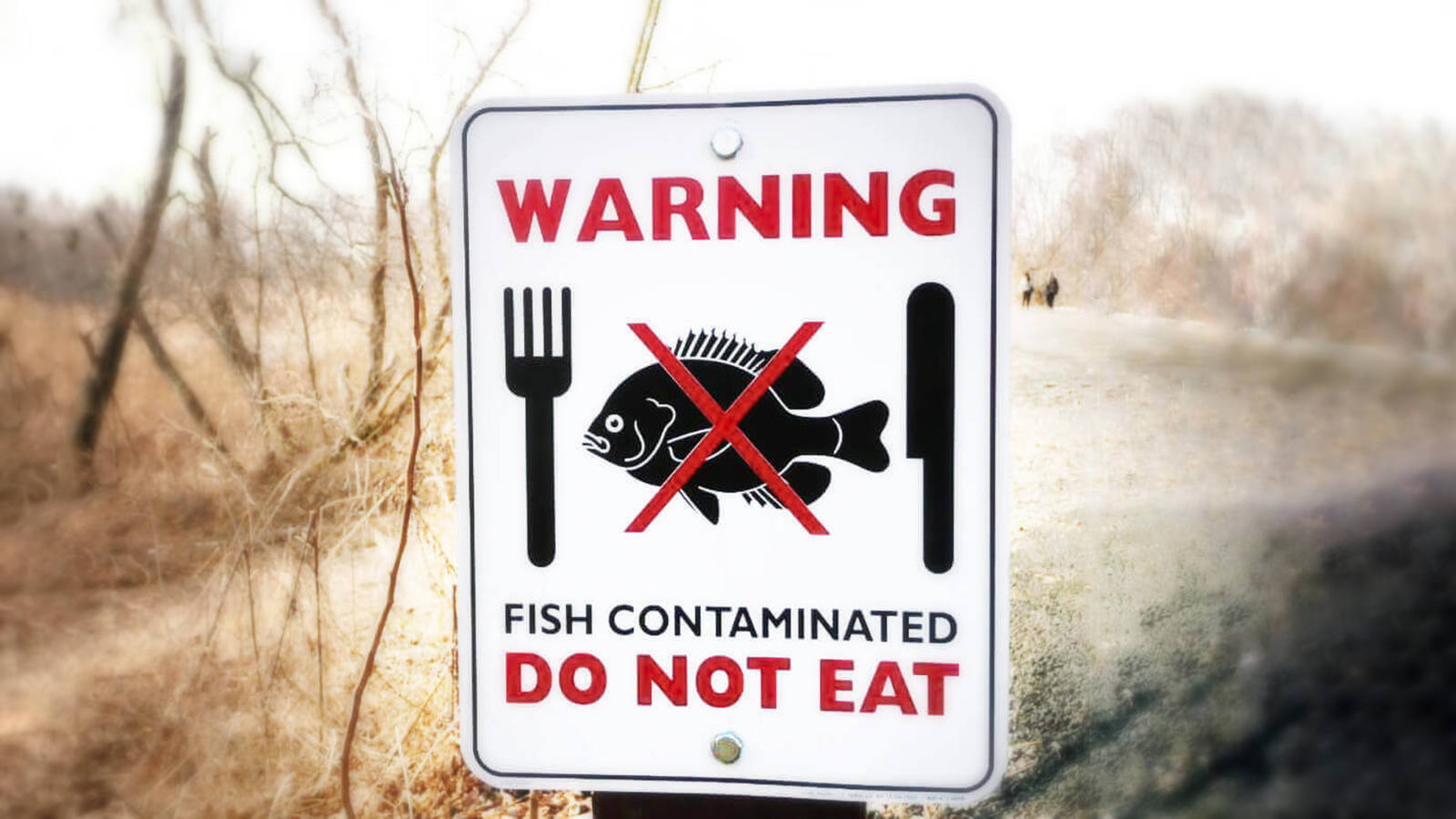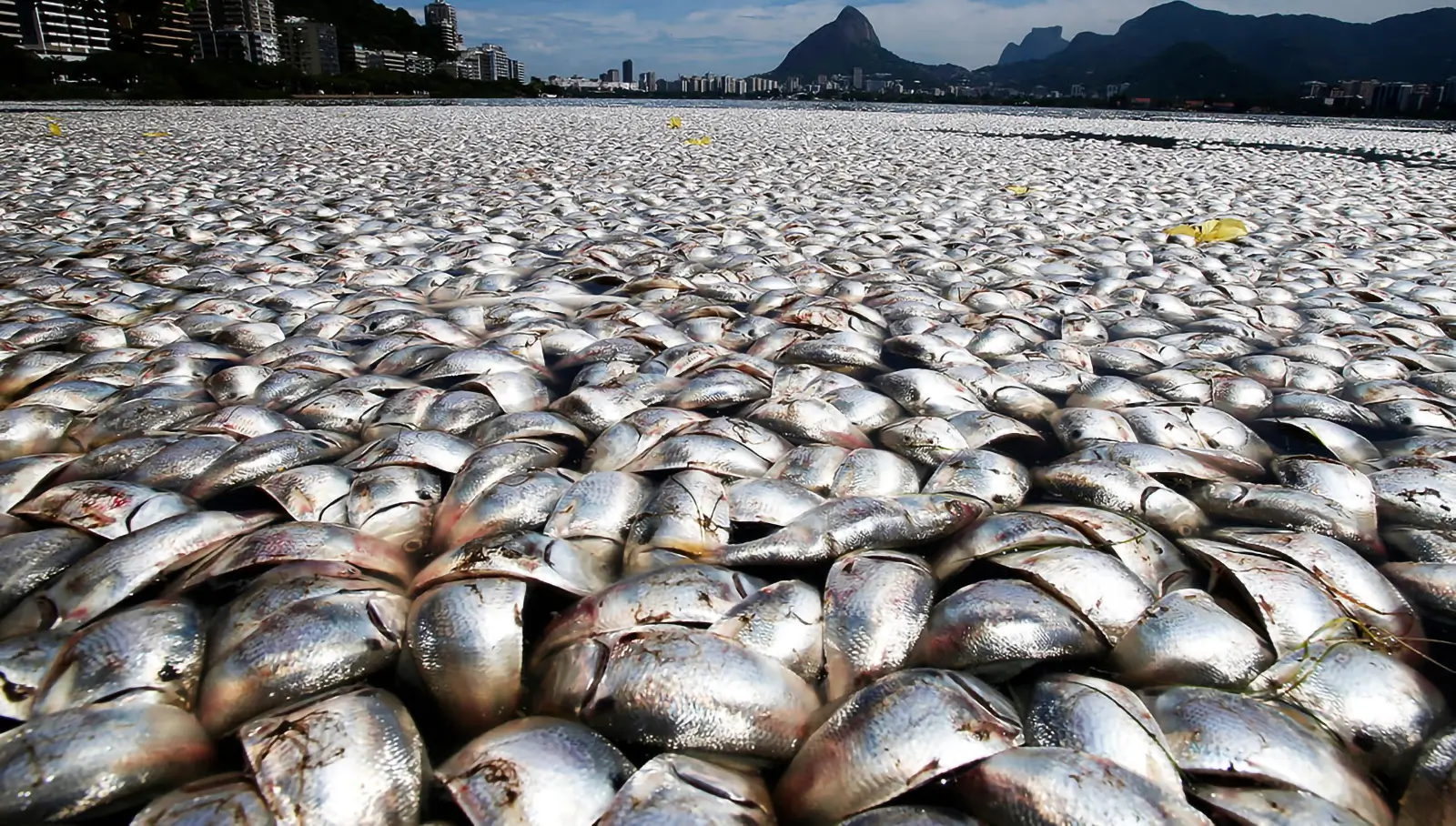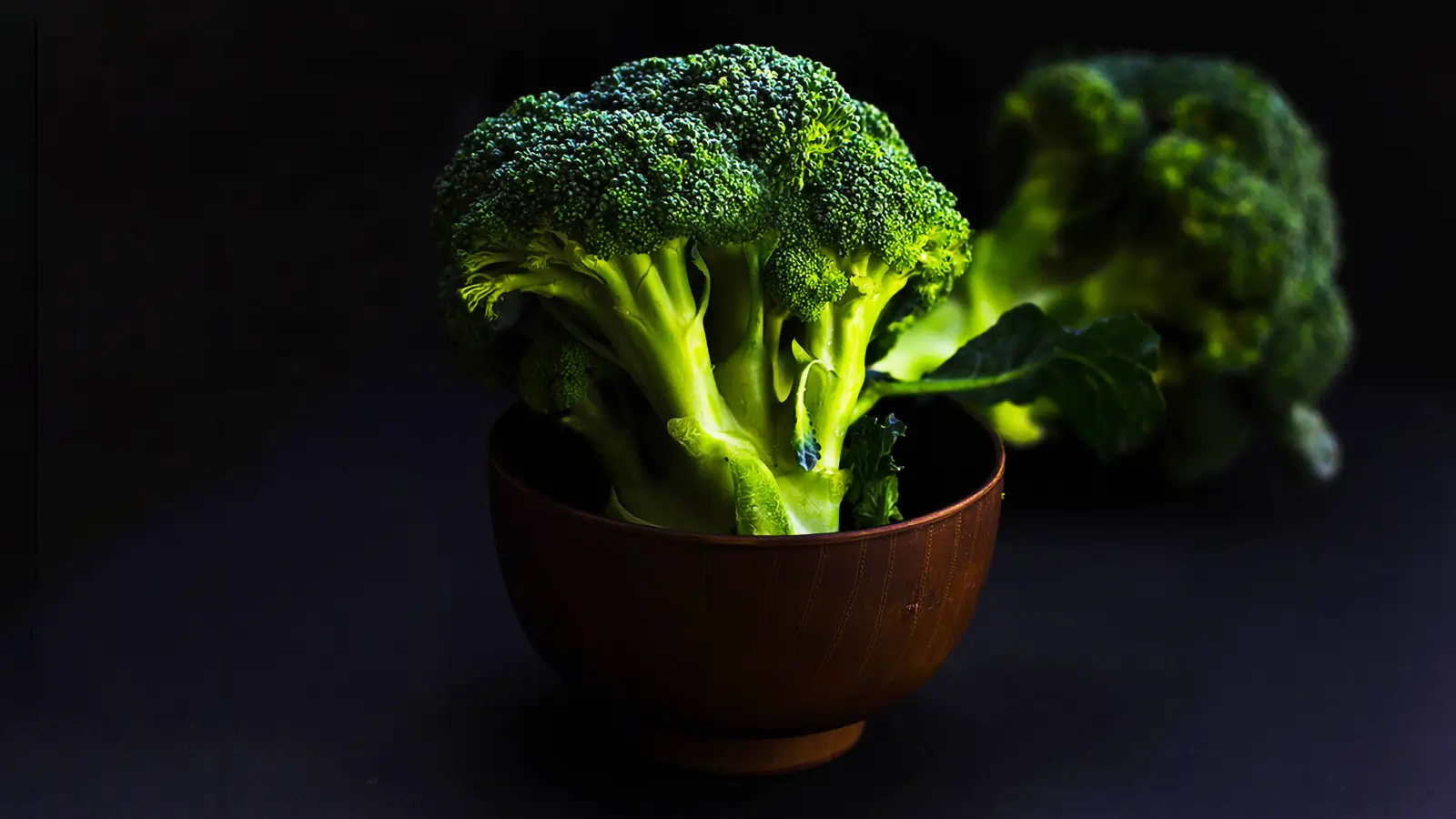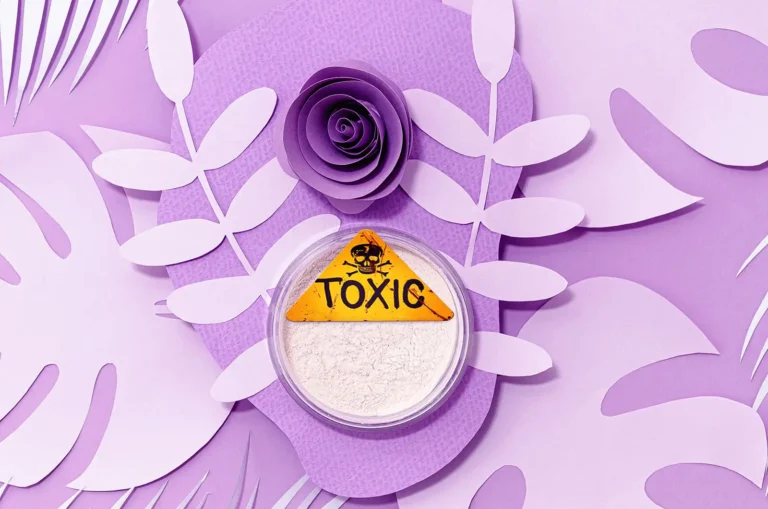Tap water toxicity- Risk assessment
If we are living in a city where we are sure that the tap water is pure this still does not mean that the water is “pure”.
Milos Pokimica
Written By: Milos Pokimica
Medically Reviewed by: Dr. Xiùying Wáng, M.D.
Updated June 9, 2023Water purification is a big business, especially in countries that do not have clean sources and tap water toxicity is a big issue. More than a billion people even to this day drink filthy water and do not have any form of sanitation. Diarrhea to this day due to poor sanitation kills an estimated 842,000 people every year globally. By 2025, 1.8 billion people are projected to be living in regions with absolute water scarcity. Water is big business, and the business will grow.
On the other hand, even if we have tap water in our homes tap water toxicity can be one of the contributing factors to our toxic overload. People who are in the business of water purification often don’t do good science and are more interested in profit.
There are a couple of ways we can try to lower our toxic load. A natural toxic chemical that we are exposed to and mane made POPs (persistent organic pollutants) are here to stay and there is little we can do to avoid exposing ourselves to environmental pollution except eating organically grown food that is low on a food chain and moving to more unpolluted cities, but there is another line of actions we can take.
First, we can start with the most basic stuff like the water we drink. If we cannot escape chemicals in our food, we can try to eliminate them from the water we drink.
If we are living in a city where we are sure that the water source is pure this still does not mean that the water is “pure”. It just means that it is in the range of accessible toxicity for the chemicals that they measure. Bottled water for that matter also might not necessarily be safer, cleaner, or of higher quality just because it is bottled than water straight out of the faucet. It is a more complex issue that depends on individual case-to-case scenarios. As a consumer, you should know that there in some cases bottled water can be even more polluted than tap water. All of the sodas, beverages and all other items you will find in the grocery store are made with regular tap water. And there are hundreds of chemicals and pollutants in tap water that are there and are not tested for safety levels and some are toxic and are added deliberately like fluoride or chlorine.
The CDC considers fluoride as one of the ten public health achievements of the 20th century. It is viewed as a triumph over tooth decay. Today most of the toothpaste sold contains fluoride and 72% of all water in the US is fluoridated. The first use of fluoride was for the eradication of vermin and ever since it was a crucial ingredient in rat poison and insecticides. In the early days of fluoride use, it was only known as a poison not just for men, but for the environment as well. It was a crucial ingredient in the Manhattan project and nuclear weapons too. It was added to Auschwitz’s water supply and the water of Siberian gulags for its effect on the human mental state. It is hazardous waste from the phosphate fertilizer industry which cannot be dumped into the streams or sea by international law and cannot be used locally because it is too concentrated.
Because of public awareness, most of the fluoride is removed in most countries in the world and it is illegal but chlorine is not. But wait, chlorine itself is proven to be a toxic cancer-promoting mutagen. It is not a well-known fact outside of the research community but there was a line of research that lasted for decades into this matter. People who drink chlorinated water for a prolonged period have an increased risk of cancer, especially bladder cancer. The number that studies have shown is around 27 percent. If you drink tap water you have a 27 percent more risk for bladder cancer. There is also some evidence of an increased risk of certain types of birth defects. In these types of studies is hard to prove cause-and-effect meaning if The Environmental Protection Agency estimated that between 2 to 17 percent of bladder cancer cases in the United States are just because of the drinking water does that mean that those people would be alive if they didn’t drink tap water. Even if you want to avoid it you are most like to be unsuccessful because tap water is used everywhere in the food industry as a standard. For example, all sodas are made from tap water. No food company is going to use deep spring water or even just regular filtered water as source water because that would be an economically unsustainable practice.
Adding rat poison fluoride and then chlorine to our water to fight against microbial contaminants has created new contamination in the form of “disinfection by-products.” The chlorination of drinking water for microbiological safety also interacts with organic matter in the water’s source which results in the creation of chlorinated compounds. These disinfection byproducts pose a health risk and so far there are more than 600 of them have been identified.
There are ways to reduce the risk of the creation of these toxic byproducts in the first place through the better initial removal of source water’s natural organic matter. The cost of upgrading and the infrastructure to run these types of drinking water systems is very high and in most countries, it would be not implemented. Even the US government in some cases has a hard time just keeping heavy toxins out of tap water. All we have to do is to remember the Flint tragedy.
However, there are still other pollutants in tap water that water plants do not test like inorganic metals and microplastic fibers (83% of the samples were contaminated worldwide), and other nanoparticles that we cannot measure. When a substance is in the nanometer range what that actually means is that the substance is small enough to penetrate a cell and that means it can penetrate all organs including the brain. There are some studies done, and it has been proven that microplastic has an effect on wildlife but human studies are not here yet.
Microplastics have the ability to absorb toxic chemicals as well, and research on wild animals shows that they are released into the body. Microplastic was also found in a few samples of commercially bottled water tested in the US. The problem is that they cannot exceed safety levels because there are none. No safety level regulation, only guidelines.
Ever hear of trihalomethanes (TTHMs), which are linked to bladder cancer, skin cancer, and fetal development issues, and hexavalent chromium made notorious by the film Erin Brockovich, or Radium-226 and Radium-228? All of these contaminants I just mentioned always had been detected above legal guidelines.
For hundreds of other contaminants, the government does not impose any requirements at all. One of the most prevalent toxins such as perchlorate and PFOA/PFOS (chemical cousins of Teflon) occurs in millions of Americans’ tap water. Because the EPA does not regulate them, they do not show up in any statistics. Sensitive groups of people, like pregnant women and children, are at higher risk for health complications, especially from the list of following contaminants that are regularly detected in tap water like lead (this is a bigger problem in towns with older water systems), and atrazine (endocrine-disrupting substance is one of the most regularly detected pesticides in US waters) and vinyl chloride (used to make PVC plastic products).
I will not list all of the detected pollutants it would be a long read. Logically in my mind, only clean water in our current environment and the only water that I use for cooking and drinking is distilled water.
References:
Passages selected from a book: Pokimica, Milos. Go Vegan? Review of Science Part 1. Kindle ed., Amazon, 2018.
- Villanueva, C M et al. “Meta-analysis of studies on individual consumption of chlorinated drinking water and bladder cancer.” Journal of epidemiology and community health vol. 57,3 (2003): 166-73. doi:10.1136/jech.57.3.166
- Hwang, Bing-Fang, and Jouni J K Jaakkola. “Water chlorination and birth defects: a systematic review and meta-analysis.” Archives of environmental health vol. 58,2 (2003): 83-91. doi:10.3200/AEOH.58.2.83-91
- Grellier, James et al. “Assessing the human health impacts of exposure to disinfection by-products–a critical review of concepts and methods.” Environment international vol. 78 (2015): 61-81. doi:10.1016/j.envint.2015.02.003
- Tak, Surbhi, and Bhanu Prakash Vellanki. “Natural organic matter as precursor to disinfection byproducts and its removal using conventional and advanced processes: state of the art review.” Journal of water and health vol. 16,5 (2018): 681-703. doi:10.2166/wh.2018.032
Related Posts
Do you have any questions about nutrition and health?
I would love to hear from you and answer them in my next post. I appreciate your input and opinion and I look forward to hearing from you soon. I also invite you to follow us on Facebook, Instagram, and Pinterest for more diet, nutrition, and health content. You can leave a comment there and connect with other health enthusiasts, share your tips and experiences, and get support and encouragement from our team and community.
I hope that this post was informative and enjoyable for you and that you are prepared to apply the insights you learned. If you found this post helpful, please share it with your friends and family who might also benefit from it. You never know who might need some guidance and support on their health journey.
– You Might Also Like –

Learn About Nutrition
Milos Pokimica is a doctor of natural medicine, clinical nutritionist, medical health and nutrition writer, and nutritional science advisor. Author of the book series Go Vegan? Review of Science, he also operates the natural health website GoVeganWay.com
Medical Disclaimer
GoVeganWay.com brings you reviews of the latest nutrition and health-related research. The information provided represents the personal opinion of the author and is not intended nor implied to be a substitute for professional medical advice, diagnosis, or treatment. The information provided is for informational purposes only and is not intended to serve as a substitute for the consultation, diagnosis, and/or medical treatment of a qualified physician or healthcare provider.NEVER DISREGARD PROFESSIONAL MEDICAL ADVICE OR DELAY SEEKING MEDICAL TREATMENT BECAUSE OF SOMETHING YOU HAVE READ ON OR ACCESSED THROUGH GoVeganWay.com
NEVER APPLY ANY LIFESTYLE CHANGES OR ANY CHANGES AT ALL AS A CONSEQUENCE OF SOMETHING YOU HAVE READ IN GoVeganWay.com BEFORE CONSULTING LICENCED MEDICAL PRACTITIONER.
In the event of a medical emergency, call a doctor or 911 immediately. GoVeganWay.com does not recommend or endorse any specific groups, organizations, tests, physicians, products, procedures, opinions, or other information that may be mentioned inside.
Editor Picks –
Milos Pokimica is a doctor of natural medicine, clinical nutritionist, medical health and nutrition writer, and nutritional science advisor. Author of the book series Go Vegan? Review of Science, he also operates the natural health website GoVeganWay.com
Latest Articles –
Plant Based News
-
The Secret To Perfect Carrot Hot Dogs
on July 3, 2025
-
These Raw Apple Pie Bars Are Gluten-Free And Vegan
on July 3, 2025
-
Switzerland Rolls Out Labels Flagging Animal Suffering In Food Products
on July 3, 2025
-
Add These Tofu ‘Taste Cubes’ To Your Next Sandwich
on July 3, 2025
-
Frozen Tofu Just Got A Summer Makeover In This Eggplant Gratin
on July 2, 2025
-
A Day Of High-Protein Vegan Meals – Featuring Homemade Seitan
on July 2, 2025
-
Califia Farms Expands Oat Barista Range With Two New Nut-Flavored Blends
on July 2, 2025
Top Health News — ScienceDaily
- AI spots deadly heart risk most doctors can’t seeon July 3, 2025
An advanced Johns Hopkins AI model called MAARS combs through underused heart MRI scans and complete medical records to spot hidden scar patterns that signal sudden cardiac death, dramatically outperforming current dice-roll clinical guidelines and promising to save lives while sparing patients unnecessary defibrillators.
- Even low levels of air pollution may quietly scar your heart, MRI study findson July 3, 2025
Breathing polluted air—even at levels considered “safe”—may quietly damage your heart. A new study using advanced MRI scans found that people exposed to more air pollution showed early signs of scarring in their heart muscle, which can lead to heart failure over time. This damage showed up in both healthy individuals and people with heart conditions, and was especially noticeable in women, smokers, and those with high blood pressure.
- Sweet-smelling molecule halts therapy-resistant pancreatic canceron July 3, 2025
A compound best known for giving almonds and apricots their aroma may be the key to defeating hard-to-kill cancer cells. Japanese researchers found that benzaldehyde can stop the shape-shifting ability of aggressive cancer cells, which lets them dodge treatments and spread. By targeting a specific protein interaction essential for cancer survival—without harming normal cells—benzaldehyde and its derivatives could form the basis of powerful new therapies, especially when combined with […]
- Why anger cools after 50: Surprising findings from a new menopause studyon July 3, 2025
Anger isn’t just a fleeting emotion—it plays a deeper role in women’s mental and physical health during midlife. A groundbreaking study tracking over 500 women aged 35 to 55 reveals that anger traits like outbursts and hostility tend to diminish with age and menopause progression. This shift could signal enhanced emotional regulation during and after the reproductive transition. Surprisingly, the only form of anger that remained steady was suppressed anger.
- This sun-powered sponge pulls drinking water straight from the oceanon July 3, 2025
In a leap toward sustainable desalination, researchers have created a solar-powered sponge-like aerogel that turns seawater into drinkable water using just sunlight and a plastic cover. Unlike previous materials, this new 3D-printed aerogel maintains its efficiency at larger sizes, solving a key scalability issue. In outdoor tests, it produced clean water directly from the ocean without any electricity, pointing to a future of low-cost, energy-free freshwater production.
- The fatal mutation that lets cancer outsmart the human immune systemon July 3, 2025
Scientists at UC Davis discovered a small genetic difference that could explain why humans are more prone to certain cancers than our primate cousins. The change affects a protein used by immune cells to kill tumors—except in humans, it’s vulnerable to being shut down by an enzyme that tumors release. This flaw may be one reason treatments like CAR-T don’t work as well on solid tumors. The surprising twist? That mutation might have helped our brains grow larger over time. Now, researchers […]
- Deafness reversed: Single injection brings hearing back within weekson July 3, 2025
A cutting-edge gene therapy has significantly restored hearing in children and adults with congenital deafness, showing dramatic results just one month after a single injection. Researchers used a virus to deliver a healthy copy of the OTOF gene into the inner ear, improving auditory function across all ten participants in the study. The therapy worked best in young children but still benefited adults, with one 7-year-old girl regaining almost full hearing. Even more exciting: this is just the […]
PubMed, #vegan-diet –
- Exploring the role of gut microbiota in rheumatoid arthritis: the effects of diet and drug supplementationon July 2, 2025
Rheumatoid Arthritis (RA) is a chronic autoimmune disease that mostly breaks out at the joints. It further causes bone erosion and decreased life quality due to severe pain. Current drugs are mainly focused on reducing pain, but unable to terminate the disease progression. This study aims to determine the effect of diet types (Western, Vegan and Mediterranean) on RA progression. Some dietary supplements and drug administration (Huayu-Qiangshen-Tongbi formula or Leflunomide plus Methotrexate) […]
- Blood biomarkers of Alzheimer’s disease in Australians habitually consuming various plant-based dietson June 30, 2025
BackgroundEvidence suggests that plant-based diets (PBDs) may be protective against neurodegenerative diseases such as Alzheimer’s disease (AD).ObjectiveThis study examined associations between blood-based AD biomarkers in individuals 30-75 years without current or diagnosed cardiovascular disease following different PBDs versus regular meat-eating diets (RMEs).MethodsThis secondary analysis of the Plant-based Diets study measured Aβ(1-42)/Aβ(1-40), p-tau181, NFL, and GFAP in 237 plasma […]
- Zinc supplementation among zinc-deficient vegetarians and vegans restores antiviral interferon-α response by upregulating interferon regulatory factor 3on June 28, 2025
CONCLUSION: We identified zinc-dependent IRF3 expression as an essential cellular mechanism behind impaired IFNα response in zinc-deficient subjects. This may contribute to disturbed antiviral immunity and cause increased susceptibility to virus infections in vivo. Oral zinc supplementation effectively restored IRF3 and IFNα levels. Hence, nutritional interventions may become increasingly important in order to prevent health implications from micronutrient deficiencies among vegetarians and…
- Micronutrient intake and nutritional status in 16-to-24-year-olds adhering to vegan, lacto-ovo-vegetarian, pescatarian or omnivorous diets in Swedenon June 26, 2025
CONCLUSION: Youth, regardless of dietary practice, need support to ensure adequate micronutrient intakes, particularly for vitamin D and selenium. Further research is required to evaluate iodine nutrition in Swedish youth.
- Integrating comparative genomics and risk classification by assessing virulence, antimicrobial resistance, and plasmid spread in microbial communities with gSpreadCompon June 26, 2025
CONCLUSIONS: The gSpreadComp workflow aims to facilitate hypothesis generation for targeted experimental validations by the identification of concerning resistant hotspots in complex microbial datasets. Our study raises attention to a more thorough study of the critical role of diet in microbial community dynamics and the spread of AMR. This research underscores the importance of integrating genomic data into public health strategies to combat AMR. The gSpreadComp workflow is available at…
Random Posts –
Featured Posts –

Latest from PubMed, #plant-based diet –
- Cultural adaptation and psychometric validation of the Turkish MIND diet adherence scale for young adultsby Özge Esgin on July 3, 2025
CONCLUSIONS: The Turkish adaptation of the MIND Diet Adherence Scale can be utilized in its entirety, without the need to remove any items. This study affirms that the MIND Diet Adherence Scale is a valid and reliable measurement tool for assessing dietary habits in Turkish society.
- Effectiveness of dietary interventions in managing pediatric gastroesophageal reflux disease: a comprehensive systematic reviewby Abdulrahman A Alnaim on July 3, 2025
CONCLUSION: Although current evidence remains limited, this review highlights promising dietary strategies-especially plant-based diets and probiotics-for managing pediatric GERD. Future research should focus on personalized nutrition and long-term effectiveness to validate these non-pharmacological interventions.
- Association between pulp stone and Mediterranean diet: a clinical and radiographic studyby Nuray Bağcı on July 3, 2025
CONCLUSION: Based on the findings presented in this study, it can be said that there is an association between the pulp stone and the MedDiet and that the MedDiet nutrition increases the pulp stone.
- Health and economic benefits of energy, urban planning, and food interventions that lower greenhouse gas emissionsby Mary B Rice on July 3, 2025
Public health can be immediately and substantially improved by policies that also mitigate climate change over the longer term. However, implementation of these policies has been slowed at least in part by doubts and lack of awareness of these health co-benefits. To address this barrier to progress, we demonstrate how an illustrative set of interventions led to environmental, health, and economic benefits, in addition to mitigating climate change. These case studies include the closure of a […]
- Optimizing Aedes albopictus rearing: effects of insect- and bacteria-based larval diets on immature and adult performanceby Eleni C Savvidou on July 2, 2025
Mass production of Aedes albopictus for Sterile Insect Technique (SIT) requires cost-effective and nutritionally balanced larval diets to ensure high survival, optimal development and competitive adult fitness. This study evaluates the potential of insect-derived meals and dead autoclaved bacteria as the main protein sources in mosquito larval diets. Four isoproteinic diets were studied, each one incorporating different protein sources: Brewer’s yeast (CAA), Tenebrio molitor meal (UTH-YM),…
- Association between adherence to Mediterranean-DASH intervention for neurodegenerative delay diet and disease severity in patients with ulcerative colitisby Zeinab Nikniaz on July 2, 2025
Considering the importance of induction and maintenance of remission in patients with ulcerative colitis (UC), different studies investigated the association between adherence to healthy dietary patterns and disease severity. This cross-sectional study investigated the association between Mediterranean-DASH Intervention for Neurodegenerative Delay (MIND) diet score and disease severity in patients with UC. In this study, 158 patients with UC were included. Disease severity was determined by a…


